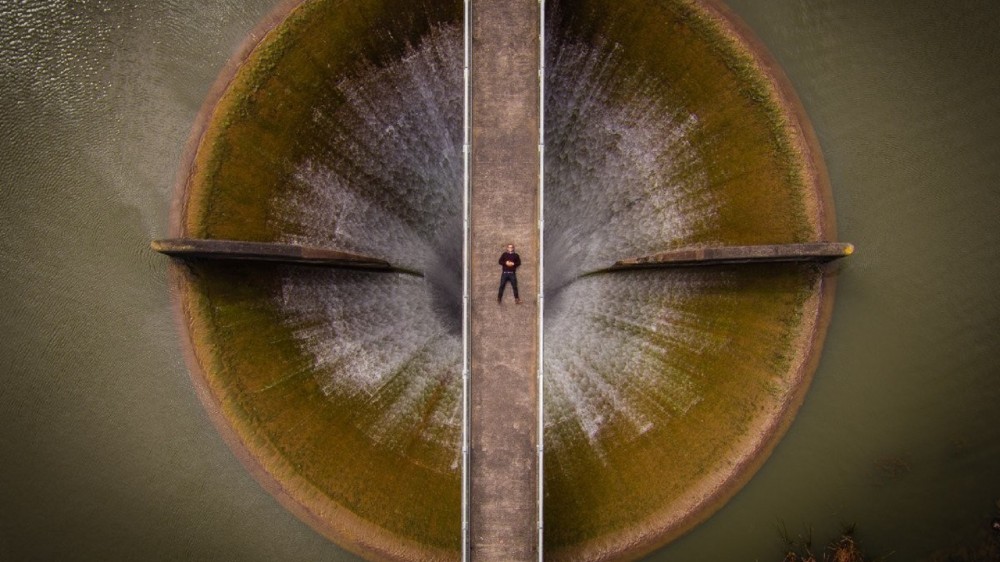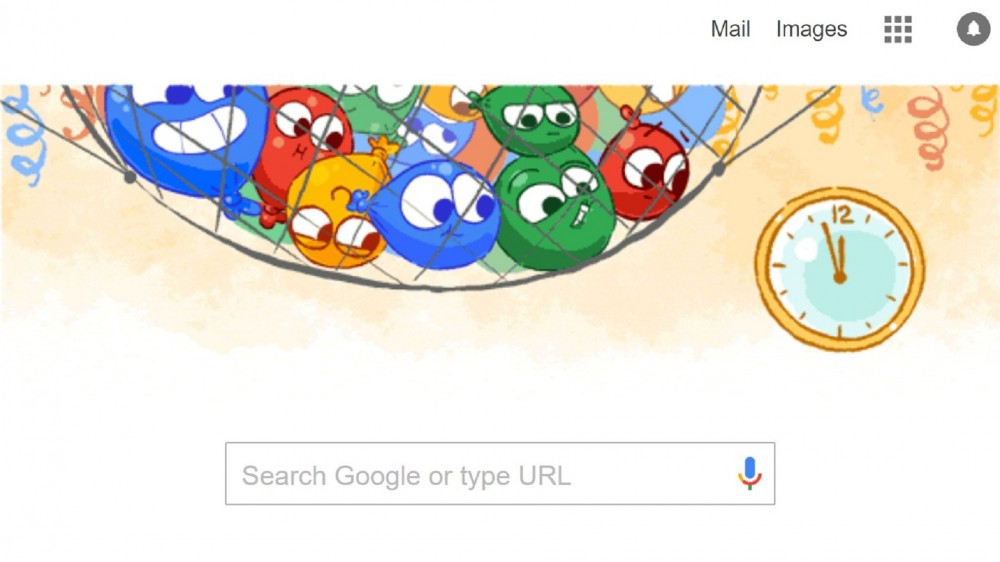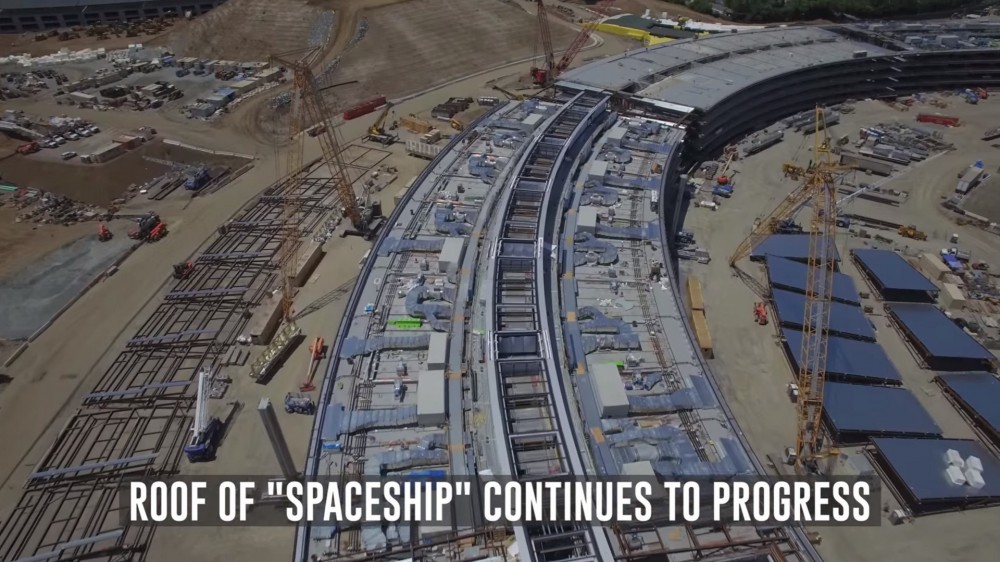Μια πολύ έξυπνη ιδέα βρίσκεται εδώ και λίγο καιρό στο διαδίκτυο. Μια δισδιάστατη παρουσίαση του χάρτη του διαδικτύου με τα μεγέθη που αναλογούν σε κάθε ιστοσελίδα, όσο πιο μεγάλη είναι η ιστοσελίδα, τόσο πιο έντονη είναι η παρουσία της στον χάρτη.
Η ιστοσελίδα παρουσιάζει στηριζόμενο στον αλγόριθμο των χαρτών του Google τις 350.000 δημορφιλέστερες ιστοσελίδες του διαδικτύου, ας μάθουμε λοιπόν για την ισχύ της εκάστοτε ιστοσελίδας που έχουμε ή επισκεπτόμαστε καθημερινά.
Το όλο project το έχει δημιουργήσει ο Ρώσος web developer Ruslan Enikeev.
Διαβάστε το δελτίο τύπου και την επίσημη παρουσίαση της ιστοσελίδας - ιδέας παρακάτω.
The map of the Internet
Like any other map, The Internet map is a scheme displaying objects’ relative position; but unlike real maps (e.g. the map of the Earth) or virtual maps (e.g. the map of Mordor), the objects shown on it are not aligned on a surface. Mathematically speaking, The Internet map is a bi-dimensional presentation of links between websites on the Internet. Every site is a circle on the map, and its size is determined by website traffic, the larger the amount of traffic, the bigger the circle. Users’ switching between websites forms links, and the stronger the link, the closer the websites tend to arrange themselves to each other.
Charges and springs
To draw an analogy from classical physics, one may say that websites are electrically charged bodies, while links between them are springs. Springs pull similar websites together, and the charge does not let the bodies adjoin and pushes websites apart if there is no link between them. Originally, all such electrified bodies (websites) are randomly scattered on the surface of the map. Springs are stretched, repulsion energy is high – the system is far from being at equilibrium. Then the websites start moving under the influence of the forces exerted and in a while come to a halt – forces of attraction now become equal to forces of repulsion, the system has reached its equilibrium. It is exactly that state that is shown on The Internet map.
Also, an analogy can be drawn from quantum physics. In this case, a website is a physical body with a finite mass, a single user is the mass quantum – the much-spoken-about, yet-to-be-found Higgs’ boson, whereas the act of user’s switching between sites is the gravitational quantum – the graviton, another hypothetical particle.
Anyway, the real algorithm of plotting The Internet map is quite far from the analogies given above. For those interested, the closest description of the mathematical model can be found in the research, and the engineering solution looks very similar to what has been described in. Google Maps engine has been used as the platform for displaying.
Semantic web
The map of the Internet is a photo shot of the global network as of end of 2011. It encompasses over 350 thousand websites from 196 countries and all domain zones. Information about more than 2 million links between the websites has joined some of them together into topical clusters. As one might have expected, the largest clusters are formed by national websites, i.e. sites belonging to one country. For the sake of convenience, all websites relative to a certain country carry the same color. For instance, the red zone at the top corresponds to Russian segment of the net, the yellow one on the left stands for the Chinese segment, the purple one on the right is Japanese, the large light-blue central one is the American segment, etc.
Importantly, clusters on the map are semantically charged, i.e. they join websites together according to their content. For example, a vast porno cluster can be seen between Brazil and Japan as well as a host of minor clusters uniting websites of the same field or similar purposes.
The Internet Phenomenon
The Internet global network is a phenomenon of technological civilization, and its exceptional complexity surpasses anything mankind has ever created. In essence, what we are dealing with here is a huge quantity of utterly unstructured information. The Internet map is an attempt to look into the hidden structure of the network, fathom its colossal scale, and examine that which is impossible to understand from the bare figures of statistics.
Δείτε την ιστοσελίδα εδώ: http://www.internet-map.net
Επίσης κάντε αναζήτηση για το Digital Crete ;)



